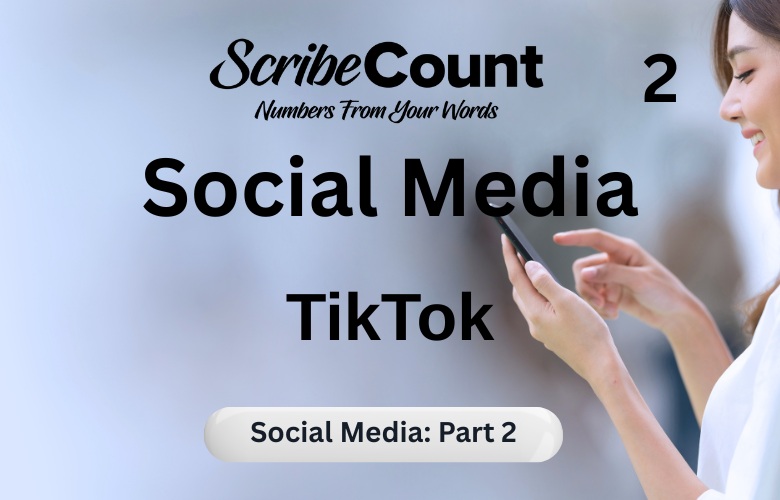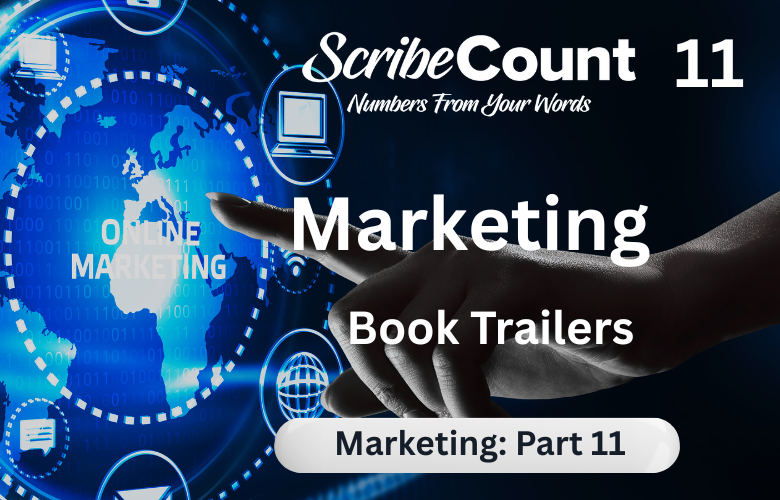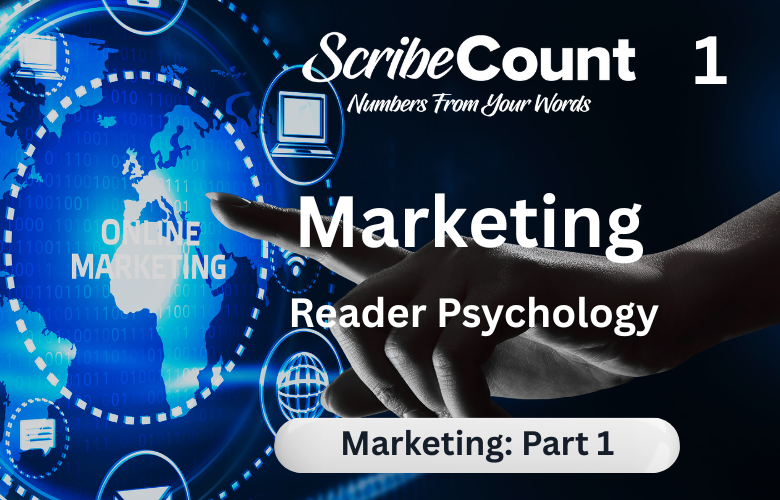TikTok and TikTok Shop for Indie Authors
TikTok has taken the world by storm in recent years, revolutionizing the way content is created, discovered, and shared. Beyond viral dances and comedic skits, the platform has emerged as a powerful marketing tool for independent authors aiming to reach and resonate with readers worldwide. Alongside TikTok Shop, which enables direct sales through in-app storefronts, indie authors now have unprecedented access to vibrant communities and novel sales channels. This overview explores TikTok’s origins and evolution, its founders and controversies, demographic reach with illustrative data, advertising strategies, shop features, platform integrations, costs and learning curves, pros and cons, and why this dual powerhouse of TikTok and TikTok Shop is an essential frontier for indie authors.

A Story of Swift Rise: From Startup to Cultural Phenomenon
TikTok traces its beginnings to 2016, when ByteDance, a Chinese technology company founded by Zhang Yiming in 2012, launched Douyin for the domestic Chinese market. Zhang, born in 1983 in Longyan, Fujian, built ByteDance on innovative algorithms offering personalized content discovery. In 2017, ByteDance introduced TikTok for international markets. The platform’s rapid ascent accelerated in November 2017 when ByteDance acquired the popular lip-syncing app Musical.ly for approximately $1 billion. In August 2018, Musical.ly merged into TikTok, uniting its 100 million users under the familiar TikTok brand.
Within three years TikTok surpassed one billion monthly active users, powered by its addictive short-form video format and finely tuned recommendation engine. By 2025, TikTok had reached approximately 1.25 billion monthly active users worldwide. While the app has sparked enthusiasm among creators and consumers alike, it has also sparked significant scrutiny regarding data privacy, ownership, and national security. Critics and governments, particularly in the United States, have raised alarms over ByteDance’s ties to China. TikTok has repeatedly emphasized that U.S. user data is stored domestically and managed by U.S.-based teams. Despite these assurances, legislative scrutiny continues. As of mid-2025, TikTok faces ongoing policy reviews in the U.S. Congress, while the Biden administration is reviewing acquisition structures, and representatives have voiced concern about encryption and data access. An outright U.S. ban has not occurred, but potential forced divestiture remains on the table, creating an environment of ongoing uncertainty.
"Globally, 55 percent of TikTok users discover new books on the app, making it a top platform for book discovery."
Market Reach and User Demographics
TikTok’s appeal spans generations—but it thrives on youth. The platform’s current user base of around 1.25 billion monthly active users includes nearly 40 percent aged 18–24. Users aged 25–34 account for another 30 percent, followed by 20 percent in the 35–44 range, and approximately 10 percent over 45. This skew toward younger users represents a vibrant, trend-driven audience—perfect for discovery of new authors and storytelling formats.
TikTok Global Monthly Active Users by Age Group (2025)
Age Group Percentage of Users
13–17 10%
18–24 40%
25–34 30%
35–44 15%
45+ 5%
Total Monthly Active Users: Approx. 1.25 Billion
This demographic composition presents a strategic balance—dominating Gen Z and younger Millennials, yet still engaging older readers with purchasing power. For indie authors, that dual presence is golden: reach emerging readers and convert them into lifelong fans.
Advertising Options & Content Strategy
TikTok’s advertising platform is built for attention. Authors can launch branded hashtag challenges, in-feed video ads, TopView placements, and Spark Ads—boosting user-generated content that references their books. Dynamic creative formats empower experimentation with different thumbnails, copy, and soundtracks, enabling fast optimization and testing.
But the most organic and cost-effective tool remains the in-feed short-form videos—publicly visible on For You and Following pages. By tapping trending sounds, creative transitions, book cover reveals, or behind-the-scenes glances into the writing process, authors can grow audiences rapidly. A 15–60‑second snippet of a dramatic scene can become a viral moment. TikTok Live nurtures deeper connection; authors host reading sessions or Q&A, with fans sending virtual gifts that translate into earnings.
TikTok Shop, now available in many countries, creates a seamless path from readers spotting a book in a video to purchasing it directly within the app. Creators claim high conversion when a book appears via TikTok Shop product tags displayed alongside videos. Indie authors link their shop with platforms like Shopify, Gumroad, and BookFunnel to sync inventory, pricing, and affiliate links. By embedding a “Buy Now” button under their video, authors bypass third-party shopping sites and streamline the sales process—negating friction between discovery and purchase.
TikTok Accounts for Personal Engagement
Beyond product discovery and ads, authors cultivate branded TikTok profiles like virtual extension of their personalities. These accounts feature consistent branding: cover art, username, pinned videos, hashtags. Authors use them to build community by sharing writing advice, behind‑the‑scenes glimpses, relatable author life moments, and responses to reader comments through video replies. The tone is informal—authentic storytelling and vulnerability create emotional engagement.
Duets and stitches let authors react to fan content, answer reader questions, or highlight fan art. Many indie authors coordinate with BookTokers—popular influencers passionate about reading—to review or recommend books, leveraging micro‑influencer partnerships. The compounding effect: community-driven storytelling brings smarts, loyalty, and shares into the discovery funnel organically.
Integrations with Other Tools
TikTok integrates with e‑commerce systems and creator tools. TikTok Shop syncs inventory with Shopify, BookFunnel, Gumroad, and WooCommerce. The TikTok pixel allows retargeting through websites and landing pages. Data analytics—TikTok Analytics and third‑party tools—enable authors to monitor performance, engagement, and conversion.
Although ScribeCount does not yet directly integrate with TikTok tracking, authors frequently use ScribeCount to tag TikTok Shop links with affiliate codes and monitor resulting sales in the platform’s dashboard. By combining TikTok pixel data with ScribeCount metrics, authors gain a holistic picture: views, clicks, purchases, revenue per channel. This enables smarter ad spend—promoting the most effective TikTok videos and replicating their strategies.
Influencer marketing platforms like Upfluence, CreatorIQ, and Subkultur connect BookTok creators with indie authors. Podcast platforms like Anchor can be promoted through TikToks, driving wider reach. Authors also link to Patreon, Teachable, or newsletter tools, turning content resonance into recurring revenue.
"Authors who embed TikTok Shop buy links in 50 percent of their trending videos report a 20 percent lift in conversion over standard bio‑link traffic."
Costs, Learning Curve, and Campaign Options
Setting up a TikTok account and shop presence is free. Running ads requires a minimum daily budget of about $20 for campaign testing. Average CPC for book promotion videos ranges from $0.10 to $0.60, depending on targeting, region, and creative quality. Typical ad campaigns run $50 to $200 per week, though viral organic content can drastically reduce marketing spend. Spark Ads—boosting user-generated content—often outperform traditional ads due to authentic tone and credibility.
The learning curve is moderate: understanding trends, audio usage, algorithm timing, and hashtag strategy takes time. Many authors invest in short workshops or courses—like TikTok’s Creator Portal—to unlock full potential. Managing shop integrations, product tagging, and synchronized inventory may require additional technical support for storefront setup.
Pros and Cons
TikTok’s strengths lie in its focus on authentic storytelling, algorithmic amplification, and accelerated community growth. Through TikTok Shop, the path from discovery to purchase has never been shorter. Short‑form videos and live streams build audience loyalty. Integration with e‑commerce platforms and tracking through TikTok pixel and ScribeCount provides clarity on ROI.
However, rapid changes in trends and algorithm shifts can make consistency a challenge. The youth skew may mean older readers are slower to adopt. Security concerns and ongoing U.S. regulatory scrutiny add geopolitical uncertainties. Ad costs can fluctuate, and shop setup—especially international shipping compliance—may complicate logistics.
Conclusion: A Bright, Creative Path Ahead
TikTok combined with TikTok Shop has disrupted traditional book marketing. Short‑form videos allow indie authors to tell real stories, reveal creative processes, and connect deeply with readers. With instantaneous shopping within the app, authors turn attention into sales more efficiently than ever. While learning curves, shipping logistics, and regulatory uncertainties exist, the platform’s reach, youth engagement, and storytelling potential present a compelling case. Indie authors who embrace TikTok can expect meaningful readership growth, engaged communities, and direct sales in one vibrant loop.




